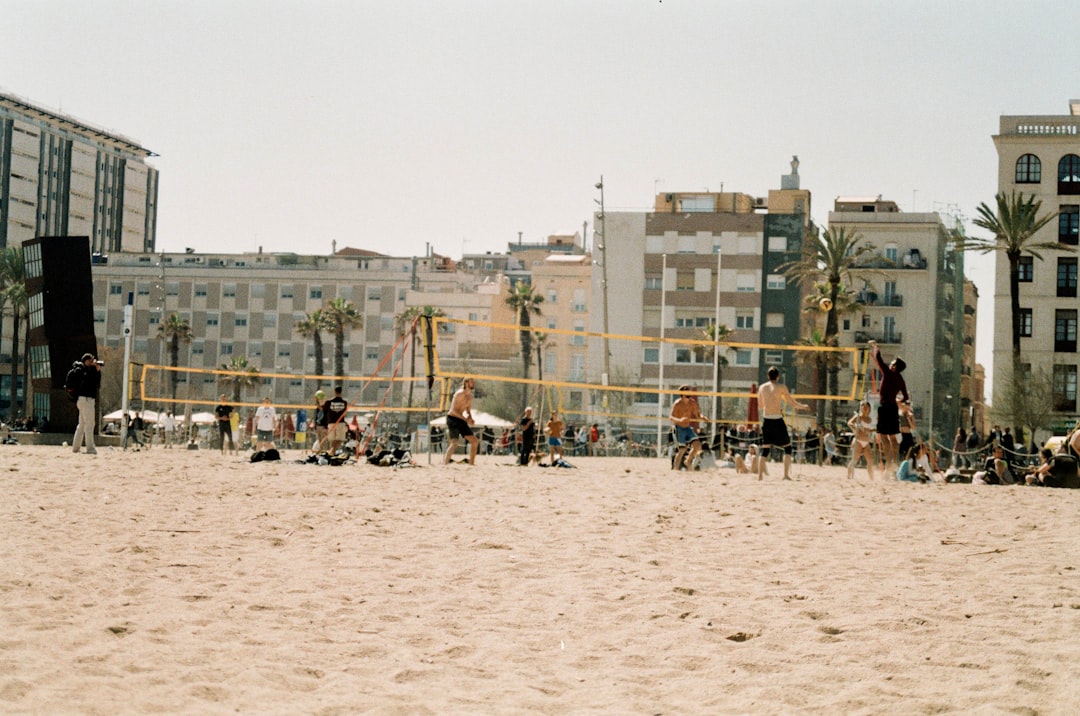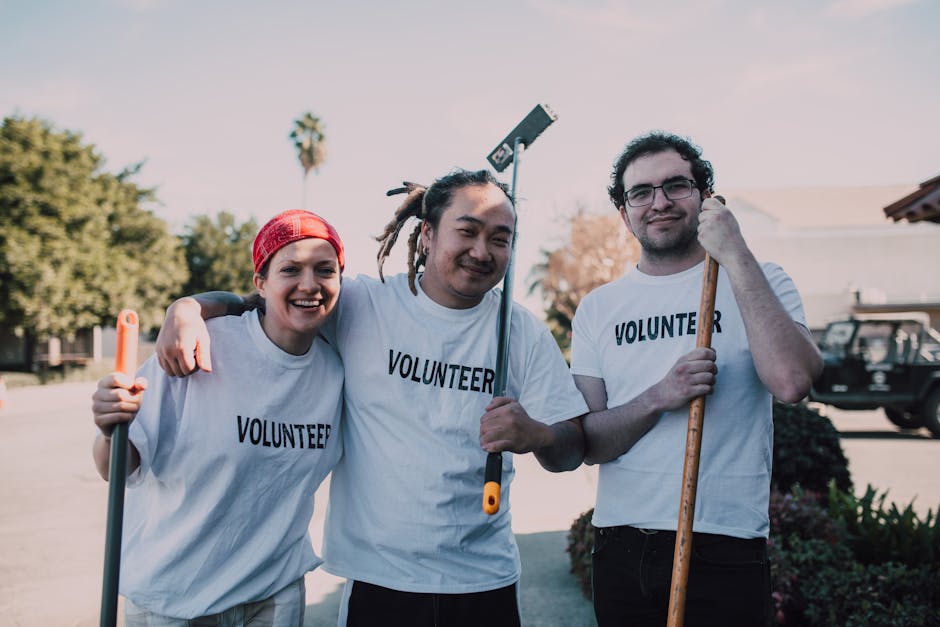Ready, Set, Race: Creative Amazing Race Ideas for Team Building
Discover 20+ amazing race challenges for team building to engage your crew & boost collaboration. Get planning tips!
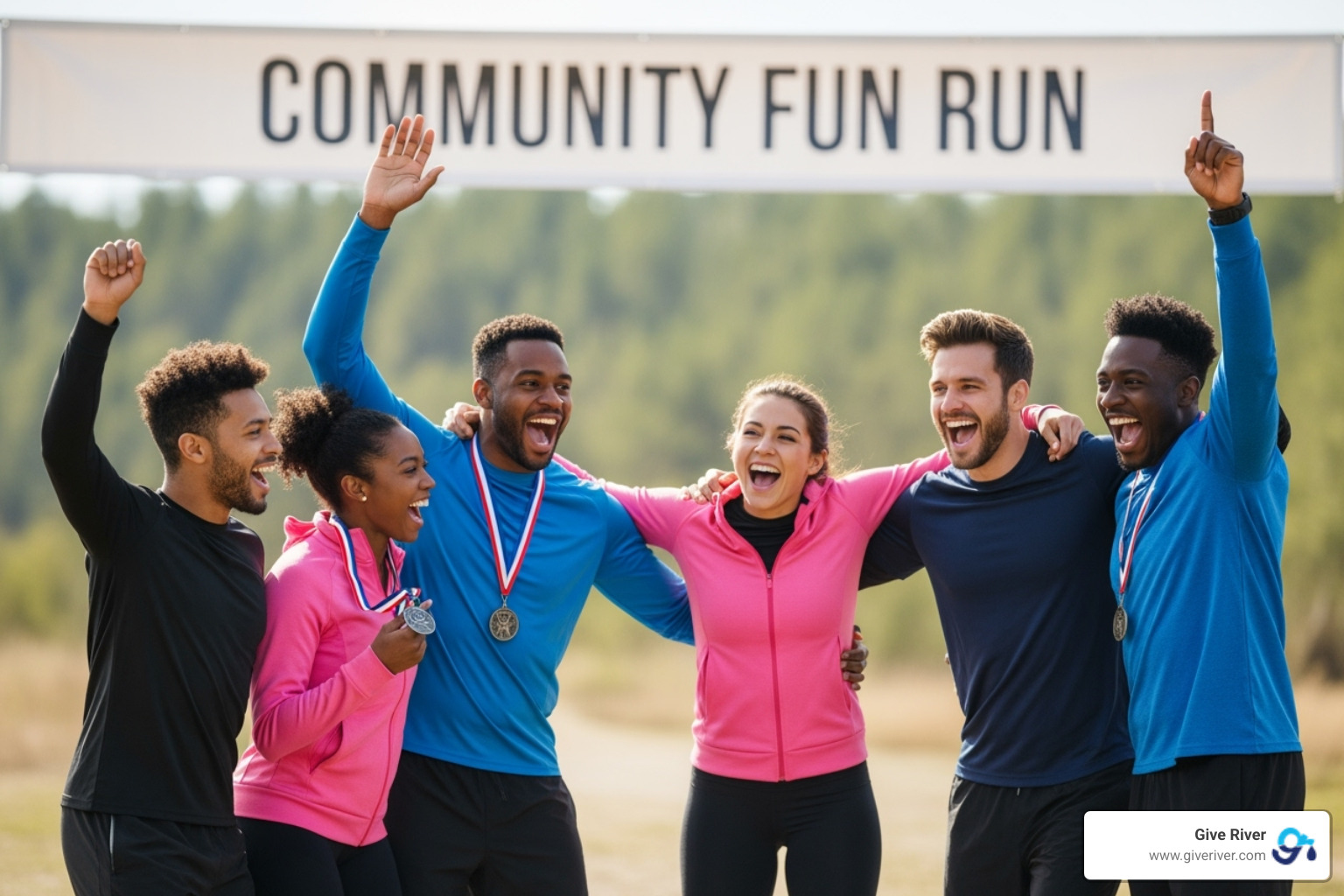
Why Amazing Race Challenges for Team Building Create Unstoppable Teams
Amazing race challenges for team building are events where small teams tackle mental, physical, and creative tasks to reach checkpoints—much like The Amazing Race. The format forces clear communication under pressure, quick decision-making, and smart delegation.
Key Benefits:
- Builds communication, problem-solving, and leadership skills in real time.
- Keeps participation high—varied challenges let everyone contribute.
- Ideal team size is 4-6 members for maximum engagement.
- Easy to adapt for indoor, outdoor, or virtual teams.
These challenges mirror real work: tight timelines, limited resources, and the need to collaborate quickly. Teams leave with stronger trust, better coordination, and higher motivation—outcomes that translate directly to performance.
I'm Meghan Calhoun, Co-Founder of Give River. After two decades helping teams perform at their best, I’ve seen these events transform disconnected groups into cohesive, energized teams. The secret is a balanced design that rewards collaboration as much as speed.
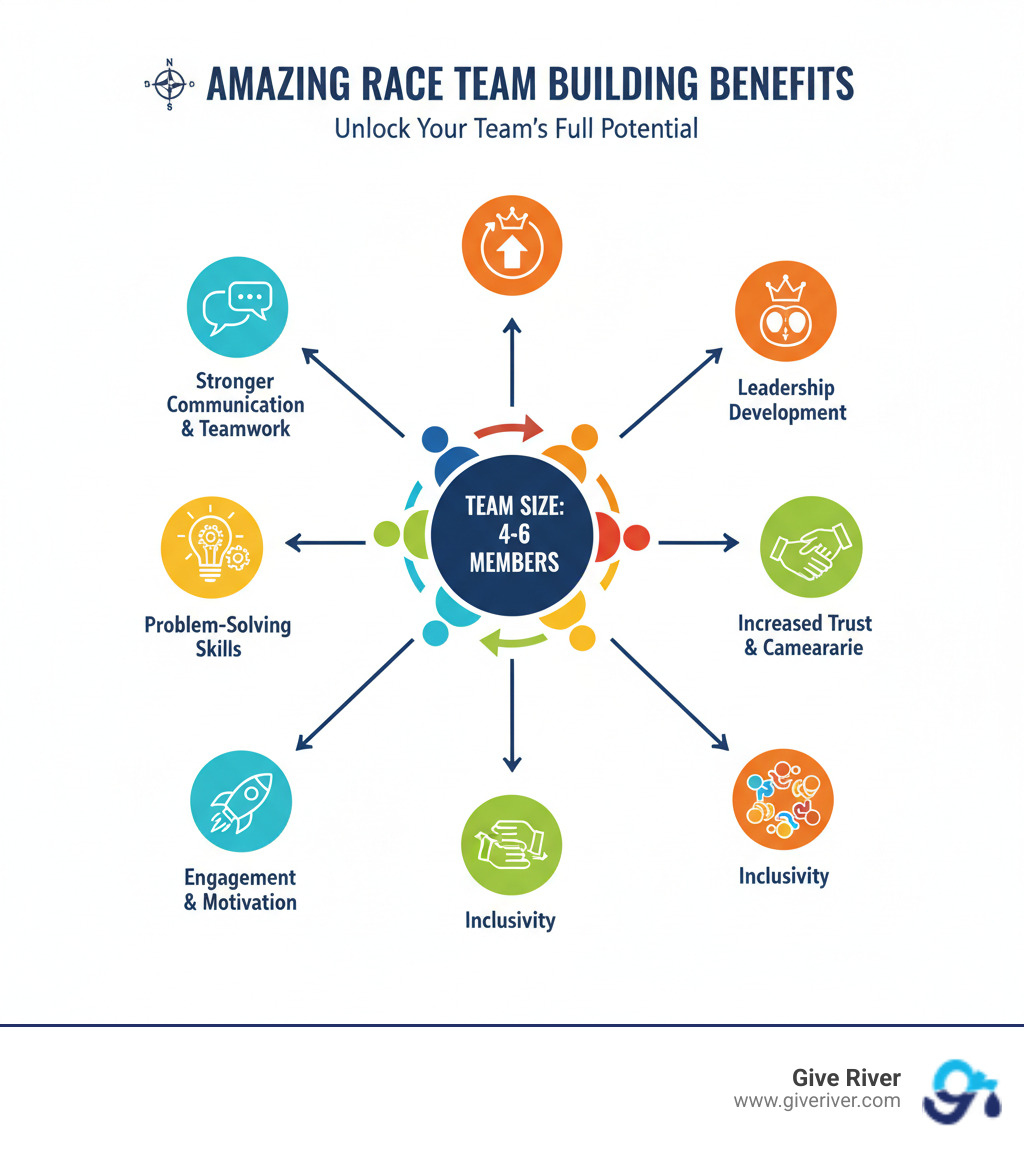
This infographic summarizes core benefits: stronger communication and teamwork, leadership development, better problem-solving, increased trust and camaraderie, higher engagement, and inclusivity—centered on the ideal team size of 4–6.
20+ Amazing Race Challenges for Team Building Your Crew Will Love
When designing amazing race challenges for team building, aim for variety. Blend mental puzzles with creative tasks and physical activities so every teammate—strategic thinker, creative spirit, or athlete—gets a chance to shine.
Mental & Puzzle Challenges
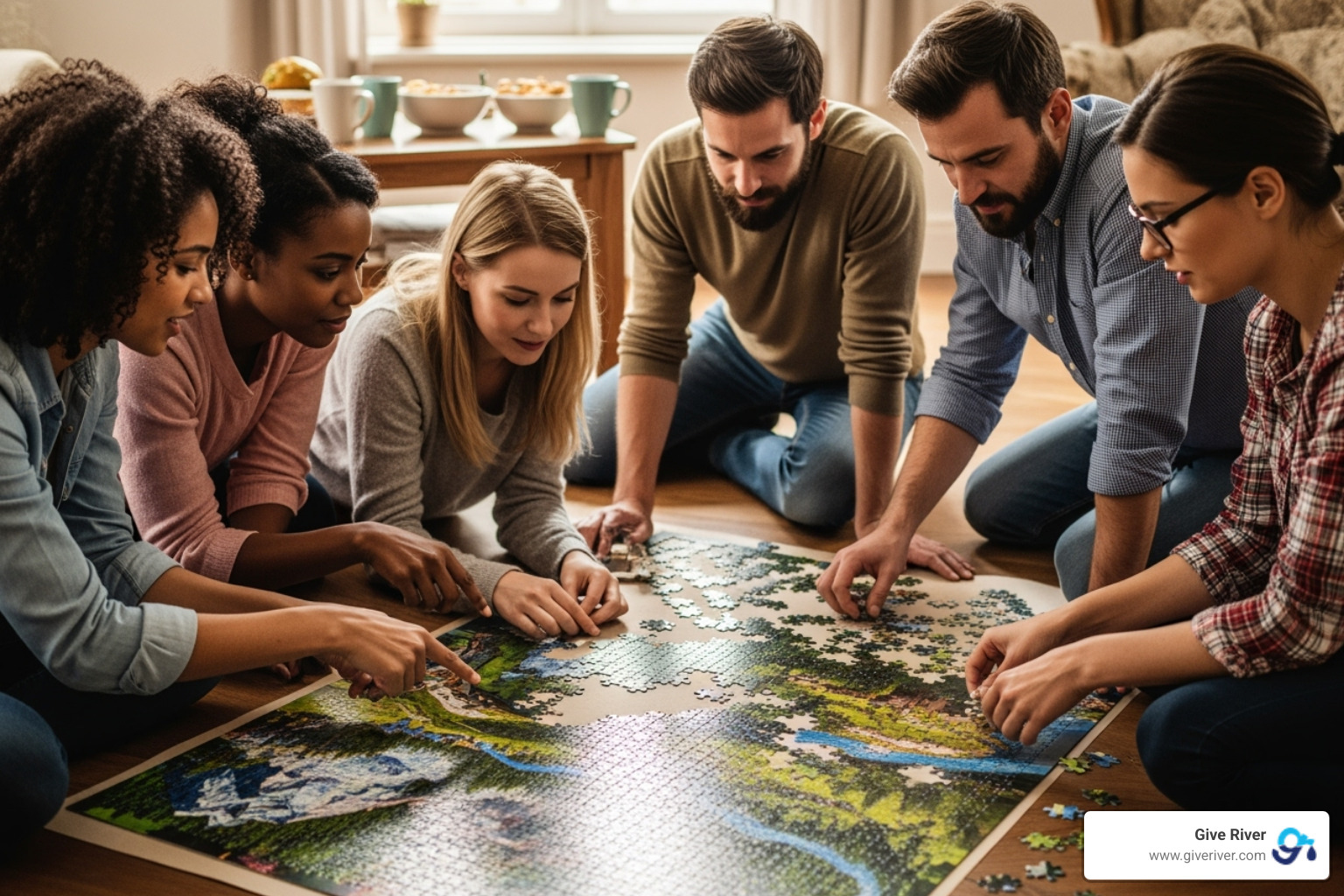
- Code-Breaking: Solve Caesar ciphers or custom codes to reveal the next clue.
- Jigsaw Puzzle Relays: Complete sections in a relay to open up the next stage.
- Company Trivia: Reinforce culture with questions about values and fun team facts.
- Logic Puzzle Relays: Crack increasingly difficult problems to progress.
- Riddle Hunts: Riddles point to a location or object hiding the next clue.
- Locked Box Challenges: Find codes/keys by solving puzzles to open padlocks.
Creative & Collaborative Challenges
- Photo Missions: Complete a list (e.g., recreate a famous painting, gravity-defying pose).
- Video Challenges: Film a 15-second commercial or reenact a movie scene.
- Building Challenges: Use limited supplies to build the tallest tower or strongest bridge.
- Improv Scenarios: Act out short workplace skits to hone adaptability.
- Silent Coordination: Arrange objects in order—no speaking allowed.
Physical & Outdoor Amazing Race Challenges for Team Building
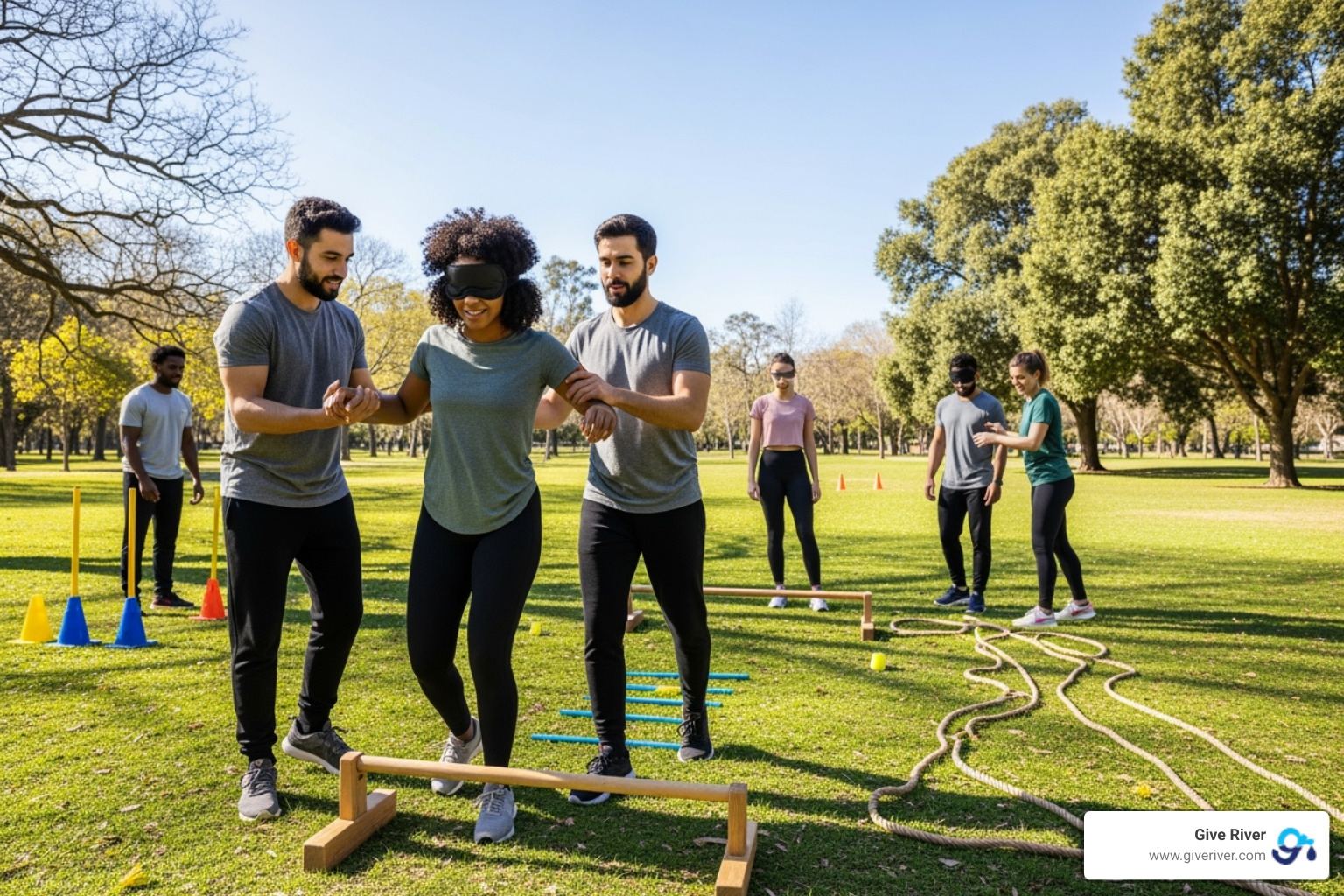
- Scavenger Hunts: Follow clues to items or landmarks.
- Human Knot: Untangle into a single loop without letting go.
- Three-Legged Races: Force synchronization and cooperation.
- Obstacle Courses: Steer cones, ropes, or park elements with strategic twists.
- Blindfolded Courses: One teammate guides another verbally through obstacles.
Community & Purpose-Driven Challenges
- Assembling Care Packages: Build kits for local shelters or animal rescues.
- Charity Fun Runs: Earn points for participation or donations along the way.
- Local Food Bank Missions: Shop on a budget to meet a prioritized list.
- Community Cleanup: Clean a park or beach for visible impact.
- Prosocial Challenges: Perform random acts of kindness; research links helping others to higher morale and well-being—see the benefits of prosocial behavior.
How to Plan and Execute a Flawless Amazing Race Event
The best amazing race challenges for team building are designed with clear objectives and thoughtful logistics. Small choices—like team composition and scoring—make a big difference in outcomes.
Key Logistical Considerations for Your Race
- Define your why: Break silos, develop leaders, or boost morale.
- Pick the right venue: Indoors for puzzles; outdoors for energy and exploration.
- Form teams of 4–6: Mix skills and departments for diverse strengths.
- Design for inclusivity: Balance mental, creative, and physical tasks.
- Make rules simple: Transparent scoring (points or time) and a 2–3 hour window.
- Prioritize safety: Risk checks, clear briefings, and first-aid on hand.
- Avoid bottlenecks: Stagger starts, duplicate stations, and have backups.
- Plan a debrief: Turn experiences into takeaways for work.
Adapting Your Race for Any Team
- Indoor Races: Office or conference center with puzzle stations and QR codes.
- Outdoor Races: Parks or city routes for movement and novelty.
- Virtual Races: Digital escape rooms, online puzzles, and app-based photo missions.
While platforms like Bonusly and Kudos focus on peer-to-peer recognition and points, Give River’s unique approach transforms collaborative achievements into real-world community good deeds, amplifying your team’s impact and fulfillment. Learn how to build a stronger team while making a difference.
Key Questions to Answer Before You Start
- What outcomes matter most (trust, cross-team collaboration, leadership, morale)?
- Which mix of challenges reflects your goals and your team’s abilities?
- Where will you host (indoor, outdoor, virtual) and why?
- How will you compose teams (skills, departments, locations) to maximize diversity?
- What are the safety, accessibility, and accommodation needs?
- How will you score and time the race, and resolve ties or disputes?
- What is the budget for materials, facilitation, tech, and prizes?
- How will you debrief, capture insights, and reinforce behaviors post-event?
Critical Components of a High-Impact Amazing Race Program
- Goal alignment: Tie challenges to business outcomes and your culture (e.g., Give River’s 5G Method: recognition, guidance, wellness, growth, and community impact).
- Balanced design: Blend mental, creative, physical, and purpose-driven tasks.
- Psychological safety: Clear rules, opt-in physical tasks, and supportive facilitation.
- Accessibility: Multiple difficulty levels and alternatives for every challenge.
- Smooth operations: Staggered starts, multiple stations, and contingency plans.
- Smart tech: QR codes, mobile check-ins, and simple leaderboards.
- Measurement: Pre/post pulse checks and debrief prompts that turn insights into habits.
- Community impact: Incorporate service missions to boost meaning and morale.
Training Facilitators and Team Captains
Great experiences hinge on confident facilitation. Prepare leads and captains to:
- Deliver concise briefings, clarify rules, and model inclusive behavior.
- Watch for safety, accessibility needs, and team dynamics.
- Keep momentum by preventing station bottlenecks and confusion.
- Capture quick observations for the debrief (where communication broke down, how decisions were made).
- Manage media: consent for photos/video and respectful sharing.
Provide a lightweight run-of-show, challenge scripts, scoring keys, and a help channel so facilitators can resolve issues fast without derailing the flow.
Coaching Managers to Reinforce Learning After the Race
A great race is the start, not the finish.
- Host a 20–30 minute debrief: What worked, what changed mid-race, and what to bring back to work.
- Translate behaviors into norms: brief stand-ups, clearer decision rights, or new communication rituals.
- Recognize specific behaviors publicly (not just outcomes) to reinforce learning.
- Set 30–60–90 day checkpoints to apply one lesson per sprint.
- Use Give River’s recognition and gamification to sustain momentum through micro-challenges tied to daily work.
Engaging Every Personality Type During the Race
- Offer role variety: navigator, communicator, builder, researcher, storyteller.
- Keep physical tasks opt-in and provide seated or low-impact alternatives.
- Use parallel puzzles at different difficulty levels so everyone can contribute.
- Rotate leadership per checkpoint to surface new voices.
- For hybrid teams, pair on-site runners with remote solvers via chat or video.
- Provide clear instructions and visual aids for neurodiverse teammates.
Involving Stakeholders for Maximum Impact
- HR and People Teams: Align goals to engagement and capability-building; plan follow-ups.
- ERGs and Culture Committees: Co-design inclusive challenges that reflect employee voices.
- CSR/Community Partners: Integrate purpose-driven missions (care kits, cleanups, food bank runs).
- Executives: Kick off with a short message tying the event to strategy and values.
While platforms like Bonusly and Kudos excel at workplace recognition, Give River's approach demonstrates how team-building initiatives can extend beyond the office to create community impact. When corporate teams engage in purpose-driven challenges, they're not just building stronger internal relationships; they're modeling the collaborative, service-oriented mindset that strengthens culture. Learn how to build a stronger team while making a difference in your community.
Common Pitfalls and How to Avoid Them
- Ambiguous rules: Provide a one-page brief with examples; keep a roaming help desk.
- Station bottlenecks: Duplicate popular challenges and stagger team routes.
- Overemphasis on speed: Award points for collaboration, creativity, and quality.
- Safety gaps: Pre-walk routes; require opt-in for physical tasks; have first-aid ready.
- Weather surprises: Prepare indoor alternates or clear rain plans.
- Uneven difficulty: Offer hints after set intervals; provide multiple solution paths.
- Low engagement post-event: Schedule a debrief and create micro-challenges for the next month.
Leveraging Technology to Lift Your Race
- QR codes and short links: Deliver clues, hints, and rule clarifications.
- Mobile check-ins: Timestamp arrivals and reduce manual scoring.
- Photo/video submissions: Use a simple form or channel for creative challenges.
- Live leaderboards: Drive energy while spotlighting collaboration points—not just speed.
- Messaging hubs: Create cross-team channels for updates and good-natured banter.
- Debrief improvers: Use quick pulse surveys and AI summaries to capture insights fast.
Match tools to your team’s comfort level—simple is better when people are on the move. The goal is clarity, safety, and measurable outcomes that feed back into stronger teamwork.
Best Practices for Evaluating Team-Building Impact
Start with clear objectives (e.g., "Increase cross-team collaboration" or "Improve decision speed under pressure"). Then measure what matters.
- Multi-method approach: Combine surveys, observations, artifacts (photos, solutions), and completion data.
- Timing: Capture baseline, post-event, and 30–60–90 day follow-ups.
- Kirkpatrick levels for team building:
- Level 1 (Reaction): Relevance, enjoyment, inclusivity.
- Level 2 (Learning): Communication, problem-solving, leadership confidence.
- Level 3 (Behavior): Evidence of new norms (e.g., quicker stand-ups, clearer roles).
- Level 4 (Results): Reduced cycle times, fewer handoff errors, higher engagement scores.
- Equity lens: Disaggregate results to ensure the experience worked for everyone.
- Share and sustain: Publish highlights, recognize standout behaviors, and set a cadence for continued practice.
While platforms like Bonusly and Kudos focus on individual recognition metrics, Give River's approach connects team achievements—like completing collaborative race challenges—to measurable community impact, creating a deeper sense of purpose that evaluation can capture and amplify. Learn how to build a stronger team through purposeful collaboration and meaningful measurement.



